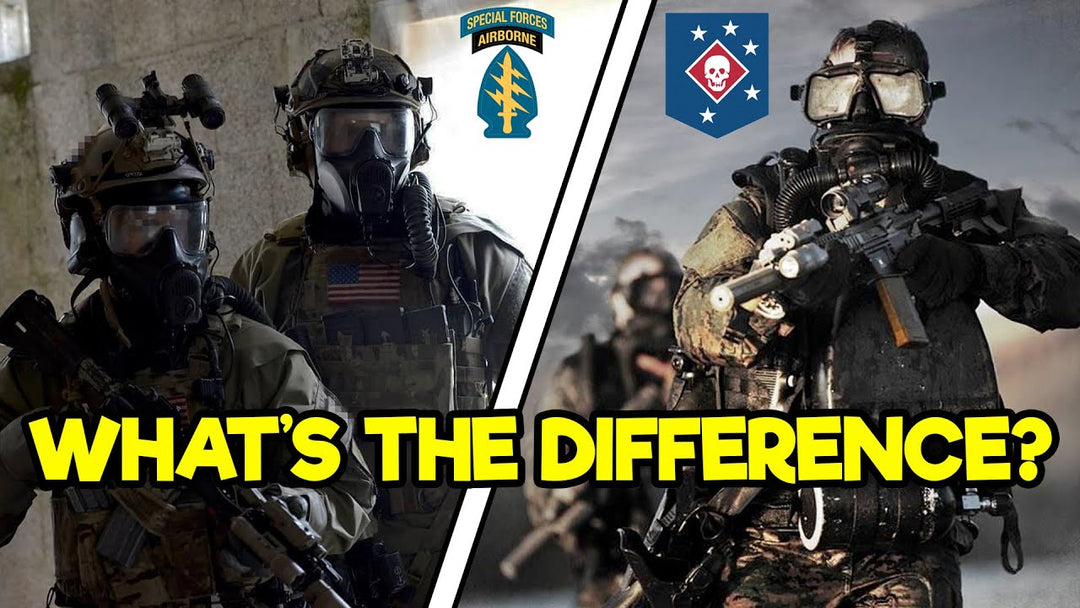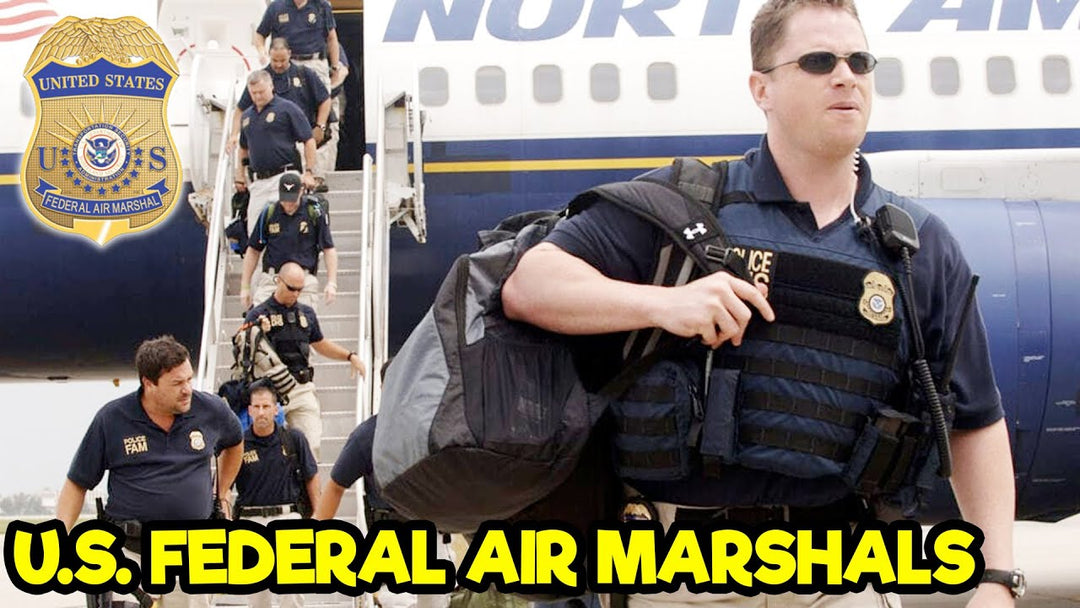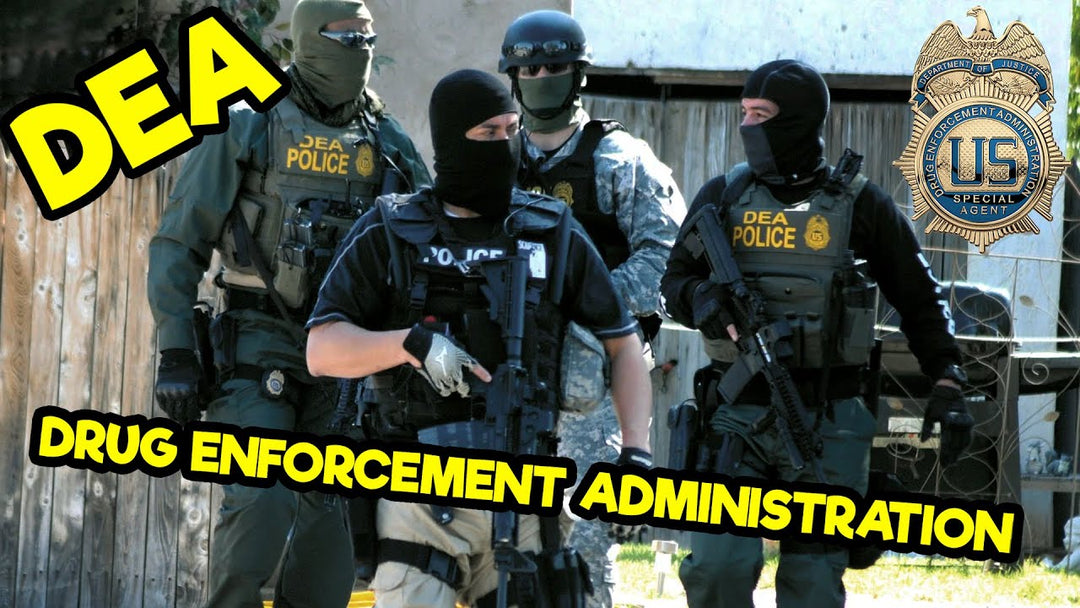U.S. Defense Intelligence Agency (DIA): Everything You Need To Know

Established in 1961, the Defense Intelligence Agency, also referred to as DIA, is a component of both the Department of Defense and the Intelligence Community. It specializes in defense and military intelligence. In fact, it is the U.S.’s premier all-source military intelligence organization, with nearly one fourth of the intelligence given to the United States President on his daily brief being produced from the DIA. However, the DIA has no law enforcement authority.
Despite its strong ties with the U.S. military, it doesn’t belong to any single military element. It answers straight to the Secretary of Defense. It has a Special Operations element called the Defense Clandestine Service. Keep reading to find out about that.
There’s a lot behind the DIA. If you want to know more about what the DIA is, what it does, its missions, capabilities, training, requirements, its Defense Clandestine Service, and much more, this blog post has it all.
TABLE OF CONTENTS
U.S. DEFENSE INTELLIGENCE AGENCY (DIA): MISSION OVERVIEW
U.S. DEFENSE INTELLIGENCE AGENCY (DIA): ORGANIZATIONAL STRUCTURE
U.S. DEFENSE INTELLIGENCE AGENCY (DIA): DEFENSE CLANDESTINE SERVICE
U.S. DEFENSE INTELLIGENCE AGENCY (DIA): CAREERS AND OPPORTUNITIES
U.S. DEFENSE INTELLIGENCE AGENCY (DIA): CONCLUSION
U.S. DEFENSE INTELLIGENCE AGENCY (DIA): MISSION OVERVIEW

While the DIA does a lot, its mission statement is quite simple: provide intelligence on foreign adversaries to prevent and decisively win wars.
It does this with a global workforce of highly skilled, dedicated, and professional civilian, military, and contracted professionals forward deployed to combat zones and fully integrated into every combatant command, maintaining a presence in over 160 countries.
The DIA delivers comprehensive insight on the current and future capabilities and vulnerabilities of military and paramilitary forces and state and non-state actors around the globe, specializing in developing critical understanding of competitor and enemy forces and weapons systems.
The DIA also specializes in the collection and analysis of Human Intelligence. Like the name suggests, human intelligence is derived from human sources. To the public, it is synonymous with espionage and clandestine activities; however, most of HUMINT collection is performed by overt collectors such as strategic debriefers and military attaches. It is the oldest method for collecting information.
Not only is it good at human intelligence, it is good at Measurement and Signature Intelligence ( MASINT), as well. It’s the national manager for measurement and signature intelligence, as well as the Defense Department manager for counterintelligence programs. MASINT is a technical branch of intelligence gathering that involves the collection of data through quantitative and qualitative analysis of the physical attributes of targets and events. This type of intelligence aims to detect, track, identify, or describe the signatures (distinctive characteristics) of fixed or dynamic target sources.
The three steps DIA takes to do what it does are Collect and Exploit, Analyze, and then Disseminate. Leaders at all levels of the military and U.S. government rely on the DIA for cutting-edge analysis, targeted collection, and scientific and technological expertise to support global military operations. For example, if a pilot is sent to neutralize a threat, the DIA is the one providing the coordinates to guide the missile to its target. That’s some pretty cool stuff.
Okay, so you know a decent bit of what the DIA does and how it does it. But what is its makeup, and how are they in play?
U.S. DEFENSE INTELLIGENCE AGENCY (DIA): ORGANIZATIONAL STRUCTURE

The DIA is organized into four different directorates: the Directorate of Operations, Directorate for Analysis, Directorate for Science and Technology, and Directorate for Mission Services.
The Directorate of Operations has the Defense Clandestine Service, the Defense Attache System, and the Defense Cover Office. The DAS represents the U.S. in defense and military-diplomatic relations with foreign governments worldwide. It also manages and conducts overt human intelligence collection activities. The DCO is responsible for executing cover programs for the agency's intelligence operatives, as well as those for the entire Department of Defense.
The Directorate for Analysis manages the all-source analysis elements of DIA. Analysts within it analyze and disseminate finalized intelligence products, focusing on national, strategic and operational-level military issues that may arise from worldwide political, economic, medical, natural or other related processes.
The Directorate for Science and Technology manages the DIA's technical assets and personnel. These assets gather and analyze what we discussed earlier, Measurement and Signals Intelligence.
The Directorate for Mission Services provides administrative, technical, and programmatic support to the agency's domestic and global operations and analytic efforts.
U.S. DEFENSE INTELLIGENCE AGENCY (DIA): DEFENSE CLANDESTINE SERVICE

The DCS was formed in 2012. It conducts clandestine espionage activities around the world to answer national-level defense objectives for senior U.S. policymakers and military leaders. It works in tandem with the CIA’s directorate of operations, as well as the Joint Special Operations command. It actually wound up being a very symbiotic relationship with the CIA because DCS focuses on military intelligence concerns, which are issues that the CIA has been unable to manage due to lack of personnel, expertise or time.
Currently, there are about 500 operatives in the DCS. These are the boots-on-ground, covert operatives you’d picture out there collecting information and participating in highly classified missions. DIA case officers are carefully selected and trained; most have advanced degrees, speak multiple languages, and are area experts. Just know that if you have SOF experience, and/or the drive and desire, you can serve in a very cool field if you find yourself in the DIA.
If you want to do that, you have to be in the DIA.
U.S. DEFENSE INTELLIGENCE AGENCY (DIA): CAREERS AND OPPORTUNITIES

There’s a whole slew of career fields in DIA.
- Analysis: This field involves interpreting complex intelligence data related to foreign militaries and national security threats.
- Collection: Specialists in this field manage the strategic gathering of intelligence.
- Human Intelligence (HUMINT): This involves collecting intelligence from human sources through both overt and covert methods.
- Science and Technology: Professionals in this field apply scientific methods and technical expertise to support intelligence operations.
- Information Technology: This field focuses on managing and securing the DIA's data and technological infrastructure.
- Security: This includes roles focused on the protection of DIA personnel, operations, and information.
- Mission Management: Officers in this field integrate and coordinate intelligence operations across various levels.
- Finance and Acquisition: This involves managing the DIA's budgeting, purchasing, and financial operations.
- Human Services: This field manages the welfare and development of the DIA workforce.
- Legal: Legal professionals in the DIA provide advice on a wide range of operational and administrative issues.
- Office Management and Infrastructure: This involves managing the DIA's facilities and administrative functions.
- Counterintelligence: Specialists work to protect the nation from foreign intelligence threats through a variety of defensive measures.
Roughly two-thirds of the personnel in the DIA are civilians, and even though the exact number is classified, there’s about 17,000 of them.
Because of the vast number of careers there are, there’s going to be a lot of different requirements depending on the position. However, keep in mind that because of the sensitive nature of what goes on in the DIA, no matter what position you go for, you’ll have to get a top secret security clearance, a polygraph, and undergo the same type of background investigation as anyone else.
U.S. DEFENSE INTELLIGENCE AGENCY (DIA): CONCLUSION

And there you go; you now know a decent overview of the Defense Intelligence Agency. You know what it does, what it's good at, its makeup, its Defense Clandestine Service, and what career fields you can find yourself in. The DIA is a highly classified, yet highly important asset to the United States military and government.
If you want to learn more about the military, law enforcement, or government entities, we have a YouTube channel dedicated to providing the best info out there, plus we have a growing list of blog posts as well. Click the links to take you to them!
General Discharge is a veteran-owned, veteran-operated organization that is dedicated to providing the best U.S. Military and Law Enforcement information. With over 250 YouTube videos, over 45 million views, and hundreds of thousands of followers, we have contributed to the success and knowledge of both the current and future generations of service members.






Leave a comment